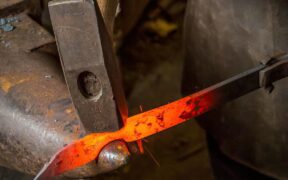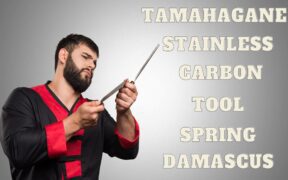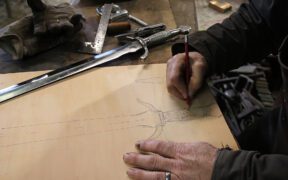Iron vs Steel Swords: Structure, History, and Metal
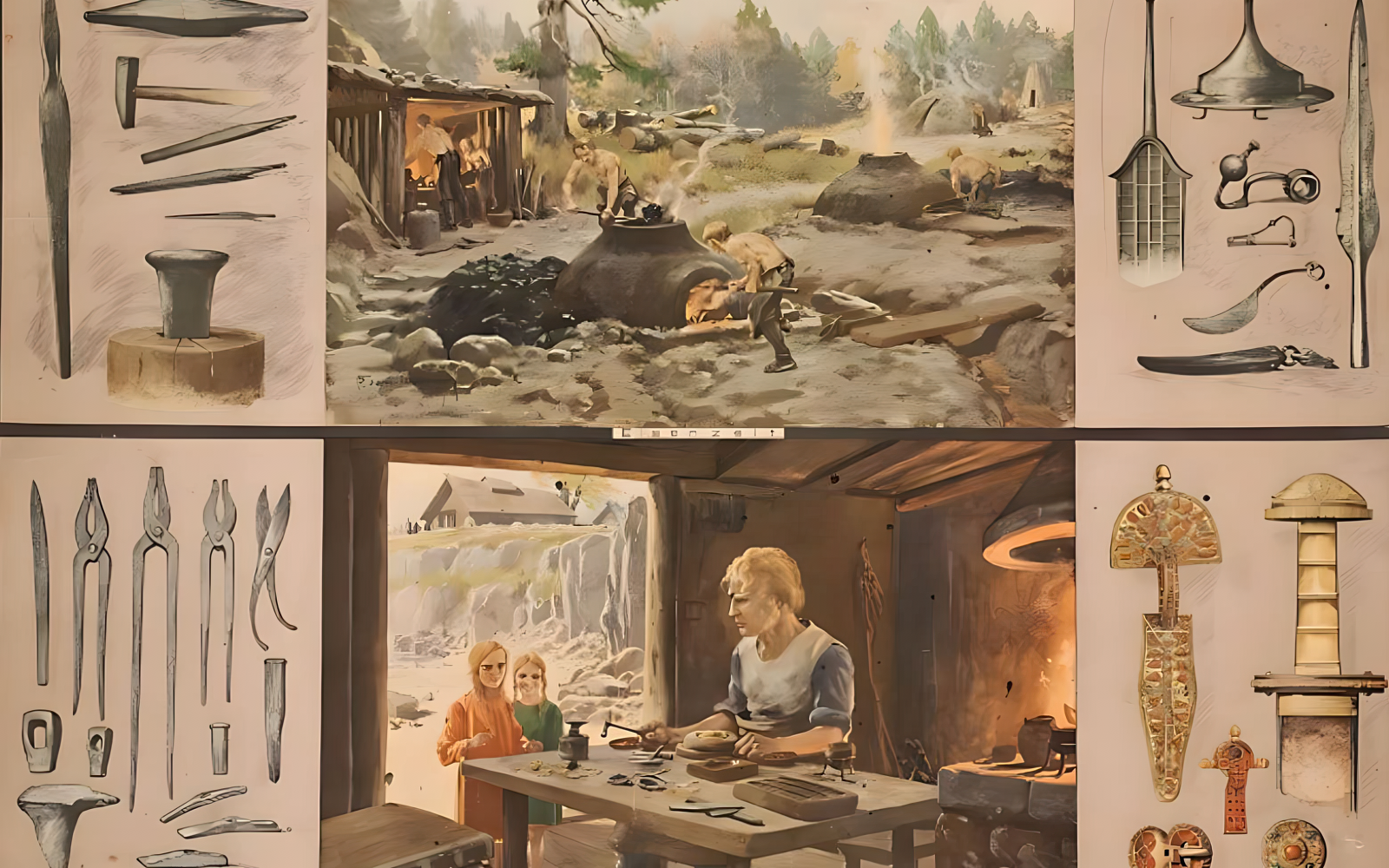
Iron and steel have been used to make swords throughout history. Iron swords originated about 3,000 years ago. As swordsmiths improved how these swords were made, steel swords became popular worldwide.
This article will look at steel and iron swords. We’ll look at what they are made of and how they are different. We will then look into their history to discover how steel swords became more popular than iron swords.
Characteristics and Material Properties
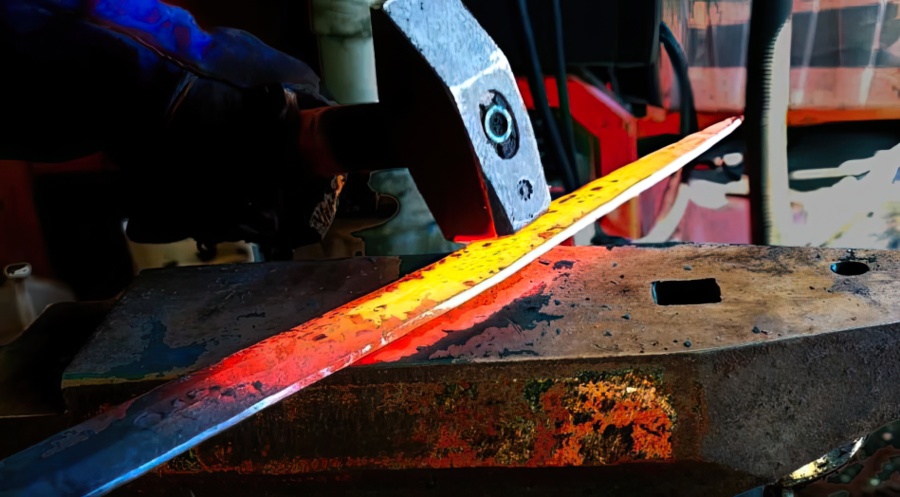
Iron is an element found in nature that is called ore when mixed with oxygen in rocks. Iron is useful when we heat it with coal or wood in a furnace. Doing so removes the oxygen and mixes the iron with carbon.
Over time, people made different kinds of iron, like cast iron and wrought iron, by changing the amount of carbon. Pure iron melts at 2732°F (1500°C) and is quite bendable.
When iron mixes with a small amount of carbon (0.2% to 2%), it turns into steel. When making swords, the steel should be 0.45% to 1.1% carbon, known as high-carbon steel.
Iron and steel can rust, but steel can be mixed with other elements to make it strong, sharp, and resistant to weather and rust. This process led to the production of different kinds of steel, like stainless steel and tool steel, which are great for making swords today. These advances in making steel have helped create better and more durable blades.
Historical Significance and Impact
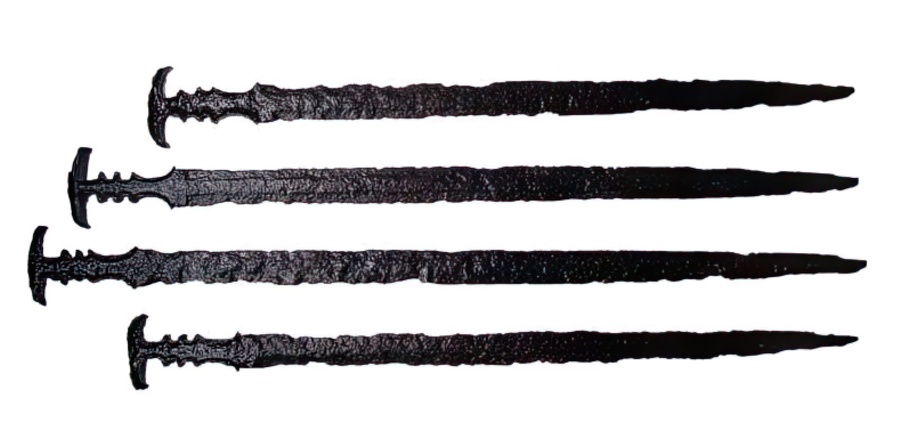
Iron and the swords made from it have a significant role in history, marking a major advancement when it replaced Bronze Age materials. The use of iron in sword making can be traced back to the 18th and 19th centuries BCE, initially for expensive ceremonial and ritual purposes.
From the 12th to the 8th centuries BCE, the use of iron grew in popularity across many cultures. Important improvements in making iron spread from the Hittites in Asia Minor to Celtic Europe, China, and Sub-Saharan Africa. Some think these iron-making techniques developed independently in these areas.
Early iron was softer and not an improvement over the well-crafted bronze swords. However, because iron was more common compared to tin bronze and thanks to new ways to make it harder, iron began a new chapter in sword making. This change affected many famous battles fought by ancient warriors like the Hittites, Assyrians, Celts, Greeks, Romans, and Chinese.

The improvement of iron into better steel continued after it was made harder. More advanced techniques, like removing impurities, heat treating, and quenching, were developed. These methods helped create high-quality steel.
This progress varied among different swordsmiths over time. Big contributors to these advancements included the Roman Empire, Han Dynasty China, India with its Wootz steel (later called Damascus steel), and Japan’s tamahagane steel.
During the Middle Ages, and especially after the Viking Age, the quality of steel blades improved even more. This led to the creation of larger longswords. Steel became the preferred material for swords because it performed so well in battle.
Performance in Battle
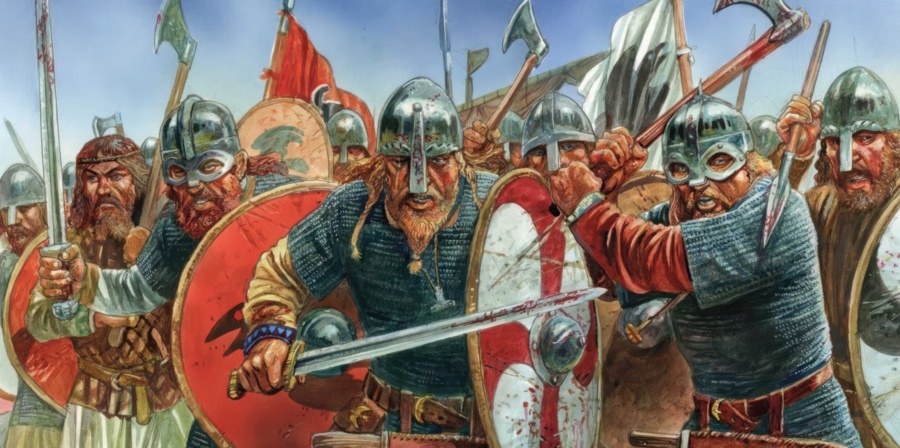
Early soft iron swords were a step forward, but took a long time to become battle-ready. Making them was challenging because they were new and experimental, often leading to deformities. They also weren’t practical for warfare, as they lacked hardness and durability.
Over time, as iron weapons became harder, they replaced bronze weapons, which were then used only for armor. Iron swords, designed to be recurved or leaf-shaped, were good for combat, but their softness made them bend easily. This required a balance between strength and flexibility for maintenance.

Over time, steel reached the perfect level of hardness, varying from rigid for thrusting to flexible for slashing. It was easy to keep sharp and lasted longer in use. Steel’s composition allows for adjusting carbon content, making it possible to shape swords in various ways, such as curved or straight, with single or double edges. This versatility makes steel swords more effective in combat and capable of thrusting, stabbing, and even penetrating light armor.
Steel swords are more durable and maintain their sharpness, making them much more reliable in battle. By mixing steel with iron and other elements, swordsmiths created alloys that could withstand impact without breaking while absorbing shock from strikes effectively.
